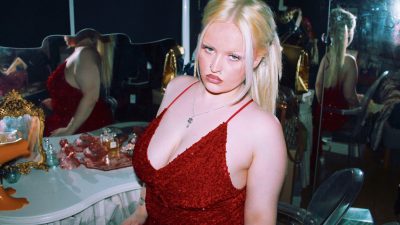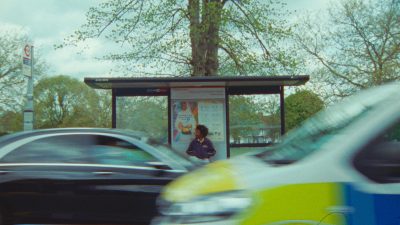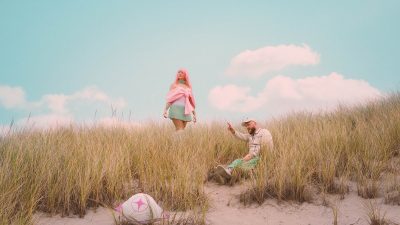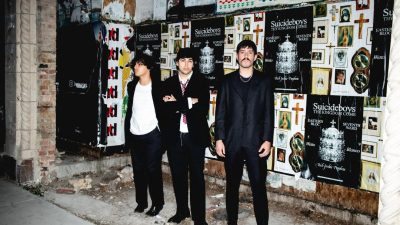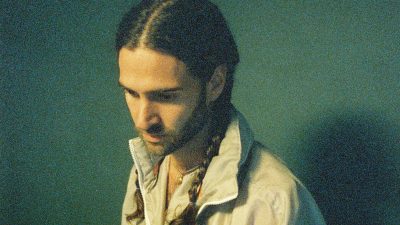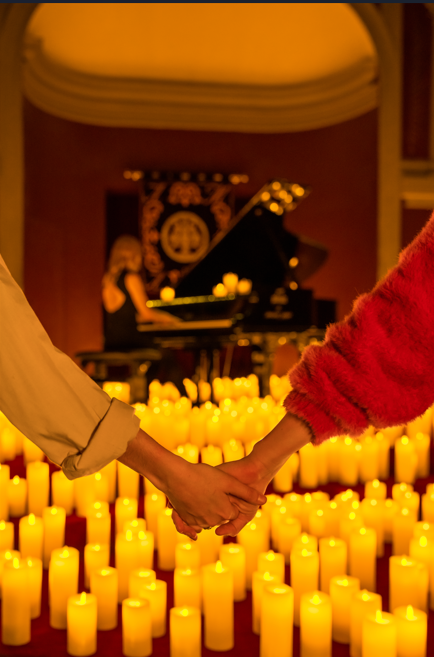Starting with a beat: interview with Jon Hopkins
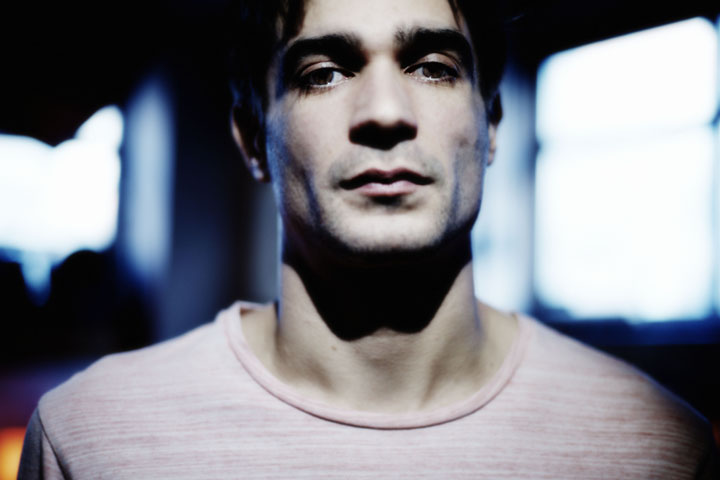
Jon Hopkins is a music producer and musician known not only for his complex solo work but for collaborations with people such as Imogene Hip, Coldplay, David Holmes among others.
Earlier this year Hopkins released his most recent solo album, Immunity, that has already gotten praise for being one of the best dance albums to see this world in 2013. With those winds on his sails Hopkins is heading out on a tour with the next stop being appropriately nothing other than Montreal’s electronic music festival MUTEK. We got a chance to catch up with Hopkins to talk about his inspiration and music process.
Kateryna Topol: Immunity is a much more dramatic dance album, how did that decisions come about?
Jon Hopkins: I don’t actually make any conscious decisions when I’m writing – I just kind of see what comes out. Looking back on it with a bit of perspective now I think it’s likely that I was being influenced by the experiences I had on the road touring with Insides. My set for that album gradually evolved into a dancier thing as I was learning what worked in a club environment.
KT: This album feels more personal and almost revealing, would you say that this album is a step towards you defining your solo career?
JH: That’s a hard question to answer – all I do really is keep writing and see what comes out. From my perspective, it seems to sound more coherent, and more like one body of work, whereas previous albums I’ve done have felt a bit more disjointed. However, all my records I would say are equally personal, maybe just as I have gotten older I have learnt more about how to put this across.
KT: Your inspiration comes from very uncalled for places (like salt and pepper shakers), how do you turn the random inspirations into cohesive songs?
JH: I always start with one sound – whether it’s a beat I’ve drummed on something, or a synth sound, or the piano, or some crazy effects patch I’ve made in the computer. Then I just work on instinct from that point onwards – adding what I think is needed to bring the track to life. With solo albums I like to take more time per track than I ever get to spend when I’m doing film scores or collaborations – I like to nurture and build tracks over a long time, leaving them when I feel they need space, coming back to them when I’m inspired again.
KT: Can you please tell us a little about the development of the audiovisual show for the Village Underground gig?
JH: I’ve been working with a talented audiovisual artist called Dan Tombs. He has been combining clips of his own making with some of the microscopic time-lapse photography by Linden Gledhill (from my recent collaboration with The Creators Project). The results are looking amazing. I mostly let him get on with it but will occasionally chip in to make points about certain colours not going with certain tracks – I have quite precise and strange ideas about colours as I see my tracks in quite specific ways.
KT: Do you intend to take the audiovisual portion on the road for the entire album tour or to MUTEK?
JH: Yes, Dan will be joining me at specific shows, including MUTEK. Whenever possible I will be bringing him, but quite often there isn’t the budget or the equipment. I have put a lot of work into making sure the show works just as well without visuals.
KT: Are you at all inspired by other people’s music?
JH: Yes, definitely. Everything I hear seeps into my brain, and I sometimes notice ideas on tracks that I have finished which I can relate back to a certain artist. Though I think everything goes through my personal filter so, hopefully, these inspirations aren’t too clear. Recently, I really loved the Darkstar album – it’s so beautiful and surprising – I don’t know what I was expecting but it wasn’t that. Also, i’m always fascinated by the stuff Jamie XX produces.
KT: You’ve played shows in quite a few atypical concert venues, what is your ultimate favorite concert venue and why?
JH: Each venue is such a different experience – playing at The Berghain one week and then an opera theatre in Bologna the week after was amazing. I loved Sydney Opera House – acoustics aren’t brilliant, but it’s such an incredible space and you can kind of feel how iconic it is from inside.




